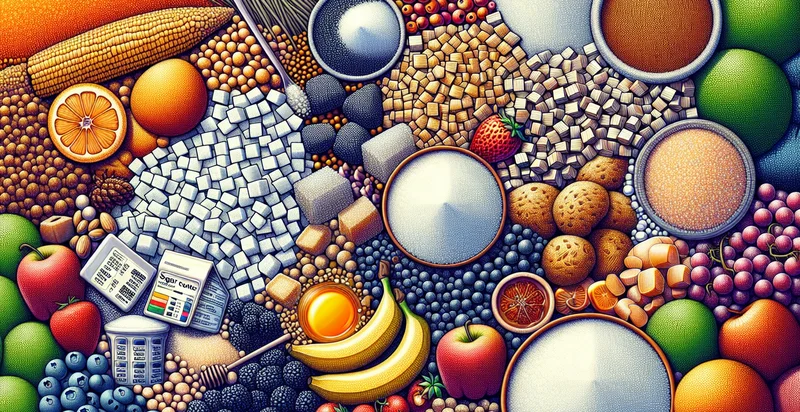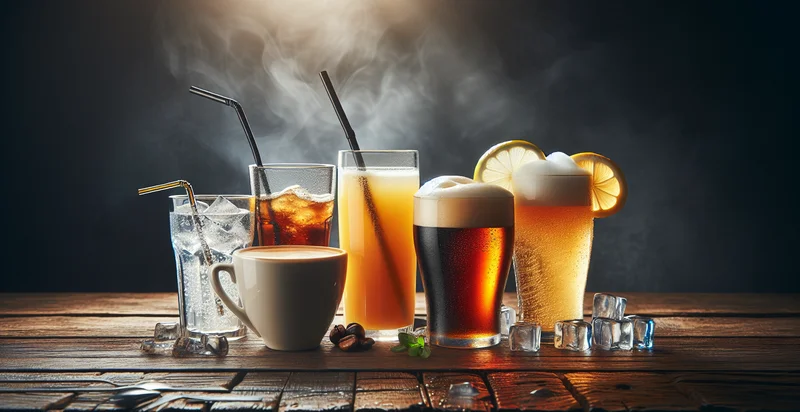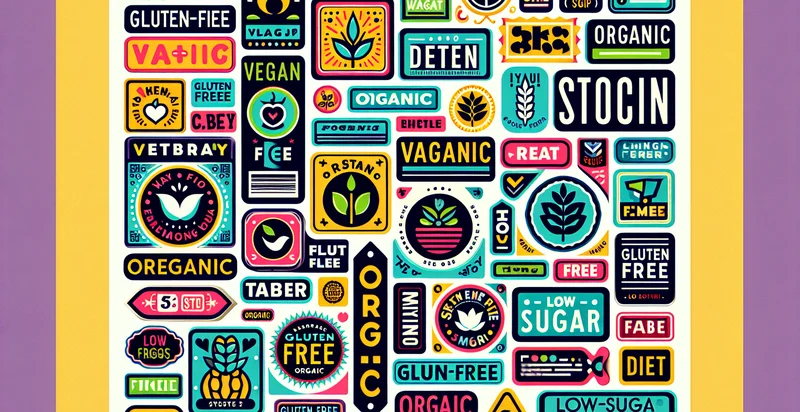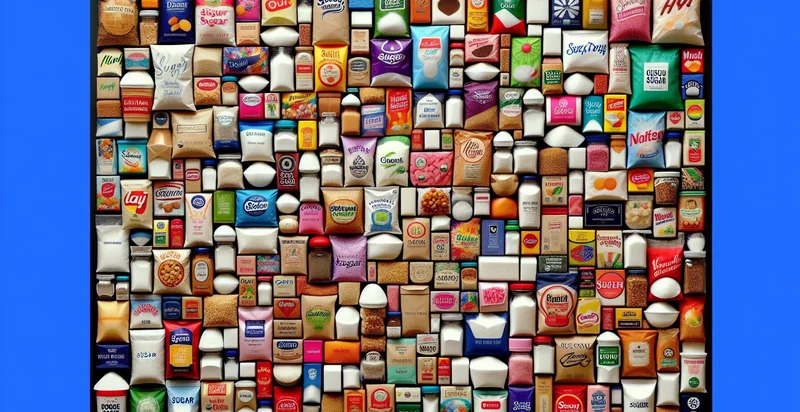Identify sugar content
using AI
Below is a free classifier to identify sugar content. Just input your text, and our AI will predict the sugar content level of various food items. - in just seconds.

Contact us for API access
Or, use Nyckel to build highly-accurate custom classifiers in just minutes. No PhD required.
Get started
import nyckel
credentials = nyckel.Credentials("YOUR_CLIENT_ID", "YOUR_CLIENT_SECRET")
nyckel.invoke("sugar-content", "your_text_here", credentials)
fetch('https://www.nyckel.com/v1/functions/sugar-content/invoke', {
method: 'POST',
headers: {
'Authorization': 'Bearer ' + 'YOUR_BEARER_TOKEN',
'Content-Type': 'application/json',
},
body: JSON.stringify(
{"data": "your_text_here"}
)
})
.then(response => response.json())
.then(data => console.log(data));
curl -X POST \
-H "Content-Type: application/json" \
-H "Authorization: Bearer YOUR_BEARER_TOKEN" \
-d '{"data": "your_text_here"}' \
https://www.nyckel.com/v1/functions/sugar-content/invoke
How this classifier works
To start, input the text that you'd like analyzed. Our AI tool will then predict the sugar content level of various food items..
This pretrained text model uses a Nyckel-created dataset and has 4 labels, including High, Low, Moderate and None.
We'll also show a confidence score (the higher the number, the more confident the AI model is around the sugar content level of various food items.).
Whether you're just curious or building sugar content detection into your application, we hope our classifier proves helpful.
Related Classifiers
Need to identify sugar content at scale?
Get API or Zapier access to this classifier for free. It's perfect for:
- Nutritional Label Verification: This use case involves using the sugar content identifier to verify nutritional labels on food products. By cross-checking labeled sugar content against actual measurements, companies can ensure compliance with regulations and avoid misleading customers.
- Diet and Health Monitoring: Health apps can integrate the sugar content identifier to help users track their sugar intake. This functionality allows individuals to make informed dietary choices based on their personalized health goals, promoting better nutrition and overall well-being.
- Product Development and Reformulation: Food manufacturers can leverage the sugar content identifier during product development and reformulation processes. By accurately measuring sugar levels, companies can create healthier alternatives that align with consumer demands for lower sugar options.
- Marketing and Advertising Claims: Brands can use the sugar content identifier to substantiate marketing claims about reduced sugar content. This can enhance brand credibility and consumer trust while allowing for targeted advertising strategies aimed at health-conscious audiences.
- Quality Control in Food Production: The sugar content identifier can be incorporated into quality control systems within food production facilities. This ensures that products consistently meet predetermined sugar content standards, reducing waste and improving overall product quality.
- Recipe Analysis and Recommendation: Cooking websites and applications can use this function to analyze recipes for sugar content. By offering alternatives or adjustments, platforms can help users prepare healthier meals while still enjoying their favorite dishes.
- Regulatory Compliance and Reporting: Food businesses can utilize the sugar content identifier to ensure compliance with local and international food labeling regulations. By maintaining accurate records and reports, companies can avoid potential fines and maintain their reputational integrity.


